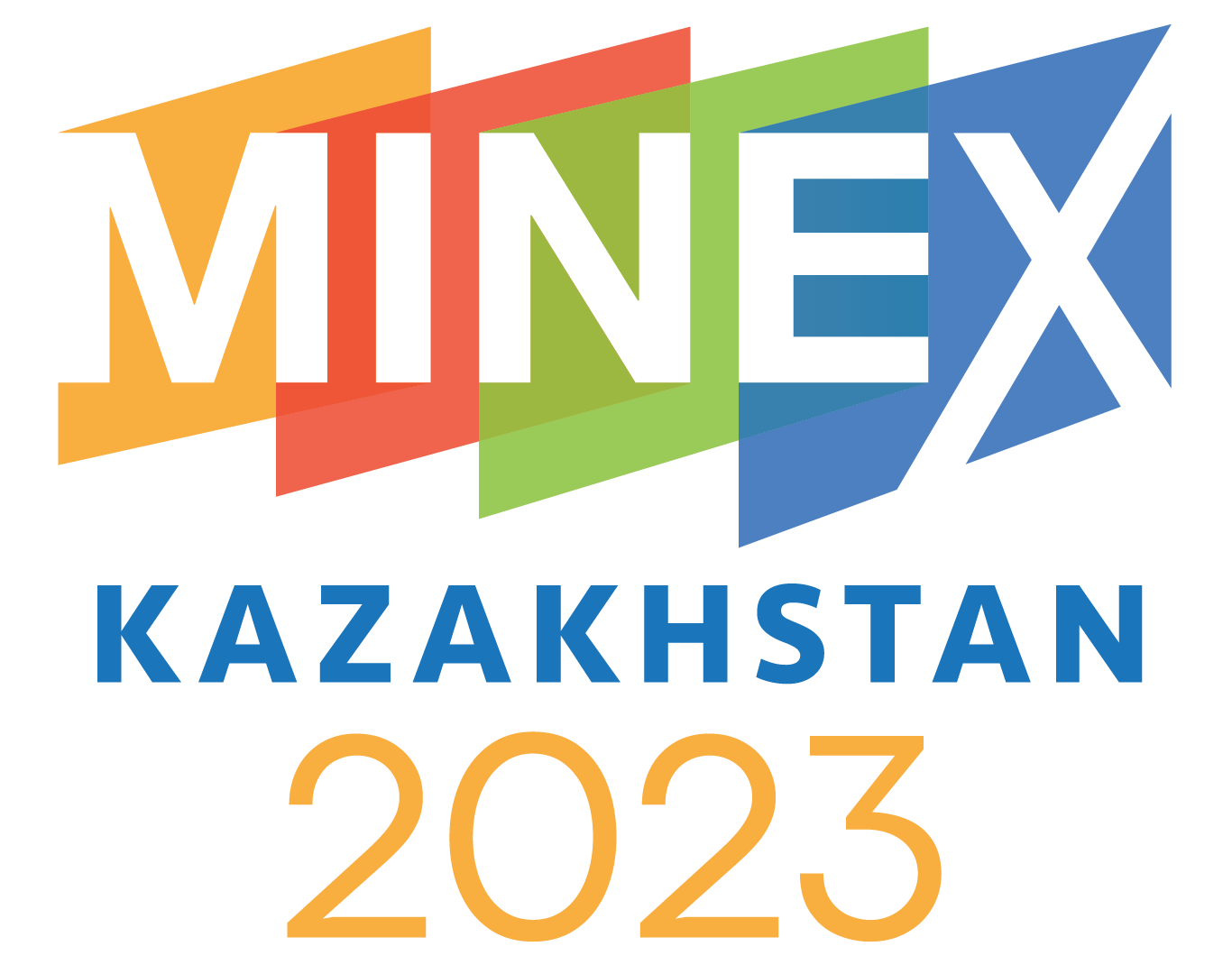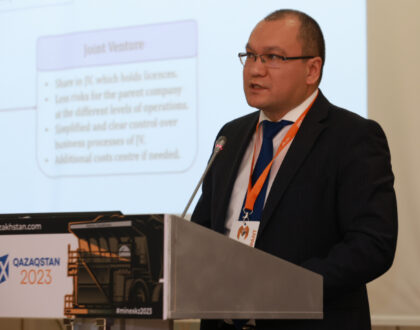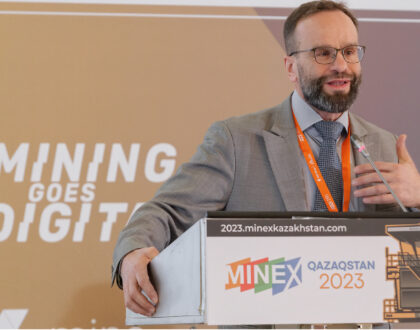The geological IT platform minerals.gov.kz will be fully operational by summer 2023

Kazakhstan’s national data bank of mineral resources, a geological IT platform named minerals.gov.kz, is set to be fully operational by the summer. The system will allow market participants to receive all geological information and submit online applications for subsoil-use sites. The Subsoil Code introduced the possibility of a special information system in 2018. The platform was intended to launch at the end of 2019 but was delayed until 2021 and then again until the summer of 2022. Last year, the Ministry of Ecology, Geology and Natural Resources acknowledged the failure of creating the platform and announced the decision to call for help from the Ministry of Digital Transformation for its subsequent integration with the EGSUN database of the Ministry of Energy on the Kaznedra platform until the end of 2023.
The unified platform of subsoil users minerals.gov.kz for the provision of public services for issuing licenses for the exploration and production of solid minerals has been launched in pilot mode. Officials have acknowledged the lack of funding and motivation for employees of the National Geological Service (NGS) to work on downloading all geological information. There are risks that the platform may fail without the necessary data, and some of the really valuable information will need to be obtained “under the counter”. The unloading of primary documentation and reports, where budget money was spent, is essential, including showing how effective such expenses were.
Marking on the so-called bounding layers – water protection, agricultural, populated, natural areas, infrastructure, and so on, where subsoil use is limited or prohibited, is supposed to be in the interactive map of the system. In the subsoil user’s interface application, when selecting blocks for exploration or production, it will be possible to immediately see whether the desired geological areas touch or overlap with the bounding layers.
Automation of the disclosure of beneficiaries and verification of tax debts through the integration of workflow with databases of legal entities and the State Revenue Committee is being developed for the user interface. Together with four banks, the possibility of connecting banking services for the integrated provision of the necessary financial documents is being tested. When applying for a license, a subsoil user must attach documentation on a bank guarantee, pledge, and insurance, which are required as security for the subsequent elimination of the consequences of subsoil use.
After the electronic submission of all the documents required for the application, they will be sent via the e-platform to the head of the Department of Subsoil Use of the Ministry of Industry and Infrastructure Development (MIIR) for their subsequent distribution among its agents. If the license is approved, it will have to be signed by the relevant vice minister. If it is refused, it will be possible to immediately appeal automatically in court.
Despite the progress, officials involved in the development of the platform insist on a “side” entrance for paper applications for licenses, which could preserve the parallel possibility of a non-digital process. The officials believe that subsoil users submitting applications in a paper format may be outraged if only the digital platform is being used.
The new platform has been delayed for several years, but the government is now confident that the finalisation will be completed by the summer. This digital platform will enable the government to provide data in a more accessible and efficient manner, while also offering more convenience to market participants. Ultimately, the platform will reduce administrative burden and streamline the licensing process.



